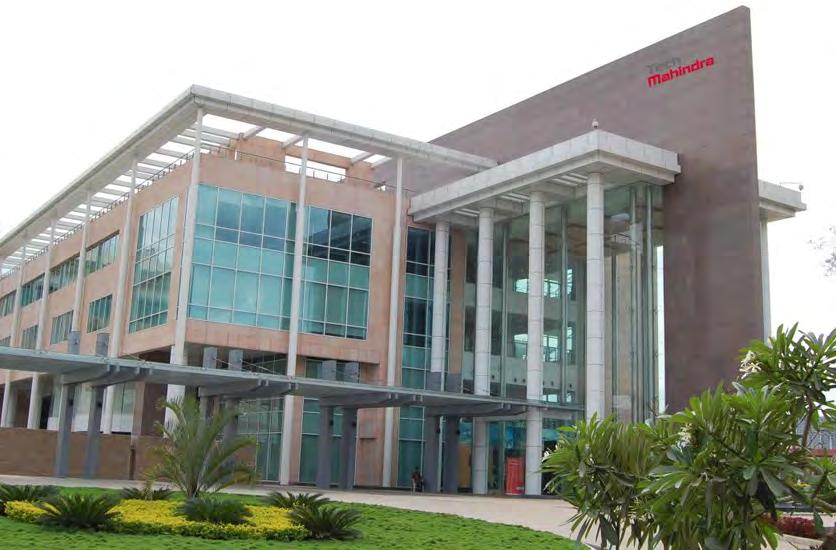
1 minute read
MOVING FROM OBSERVABILITY TO UNIFIED OBSERVABILITY
Unified observability: An Emergent Trend in 2022, Now Set to be an IT Essential in 2023
As IT professionals, it is all too common for us to hear buzzwords peppered into conversations as frequently as possible. While many ultimately fall out of the favour, those that truly represent a shift in the way the industry operates earn their rightful place in the industry vernacular. One such phenomenon has been unified observability, prompted by the need for organisations to win back control over increasingly complex and distributed IT environments.
Historically, observability, the predecessor to this term, has been seen through the lens of its ability to help DevOps teams combat the challenges they face in complicated, highly distributed cloud-native environments. But this is changing; observability is becoming a function that helps teams identify and solve wider problems across application monitoring, testing, and management within these environments. As a result, unified observability has emerged as the broader definition that fits this expanded set of challenges.
Implementing unified observability can be challenging, particularly for large, global organisations. Take a company with 10,000 employees, for example, all of whom will expect a robust, reliable digital experience. However, they will often be working in swiftly changing hybrid working environments – each one with their own laptop configurations and Wi-Fi setups – and expecting the same digital experience they would receive on-premises.
This all comes before factoring in potentially hundreds of thousands of customers. Their unknown mix of legacy on-premises, cloud applications and shadow IT work together to make the observability quandary even more complex.
In these scenarios, a successful unified observability approach is one that can cut through siloes and locales, collecting information from all data sources with full fidelity.
Tools, effectiveness
A recent survey commissioned by Riverbed and undertaken by IDC found that 90% of all IT teams are using observability tools to gain visibility and effectively manage their current mix of geographies, applications, and networking requirements. Around half of those teams use six separate observability tools, resulting in tens of thousands of alerts per day –far more than any IT team can feasibly attempt to address. The amount of data these tools produce, alongside the vast number of alarms, makes it difficult to ensure that all important information is collected.








